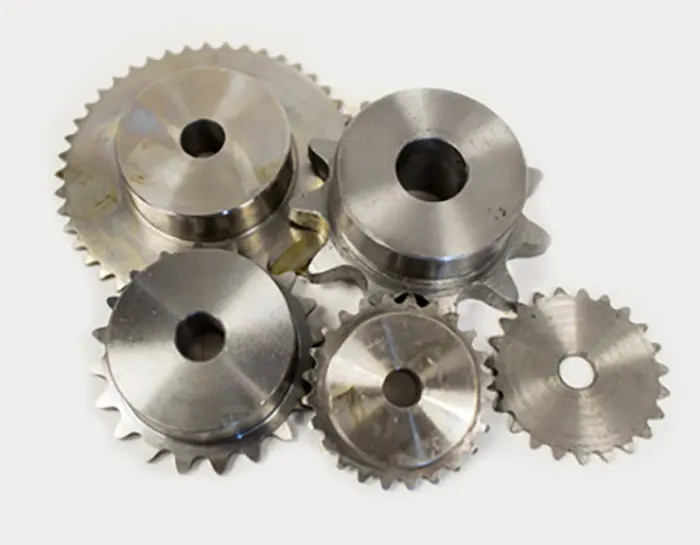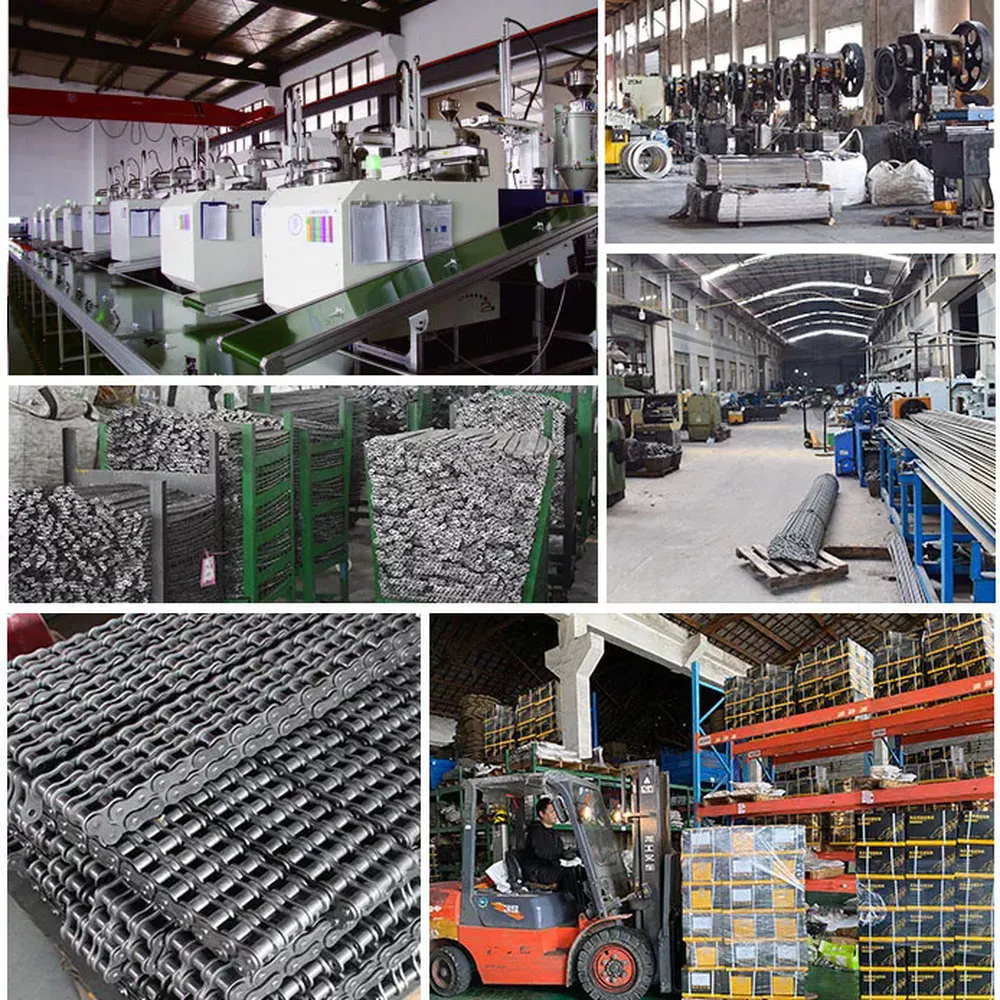Background and Importance of Stainless Steel Table Top Plate Chains
Stainless steel table top plate chains are essential components in the stitching of thermal protective gear. These chains play a crucial role in ensuring the durability and reliability of the gear. They are specifically designed to meet the unique requirements of this application, providing exceptional resistance to corrosion, wear, and high temperatures.
Types of Stainless Steel Used in Table Top Plate Chains
-
1. 304 Stainless Steel
304 stainless steel is a commonly used material in table top plate chains. It offers excellent corrosion resistance and wear resistance.
-
2. 316 Stainless Steel
316 stainless steel, an enhancement of 304 stainless steel, contains molybdenum and provides superior corrosion resistance, especially in chloride environments.
-
3. 420 Stainless Steel
420 stainless steel is known for its excellent wear resistance and heat resistance, making it suitable for table top plate chains.
Applications of Stainless Steel Table Top Plate Chains
-
1. Thermal Protective Gear Stitching
In the manufacturing of thermal protective gear, stainless steel table top plate chains are used for stitching the materials together, ensuring the gear’s integrity and strength. These chains provide secure and reliable stitching, even in high-temperature environments.
-
2. Conveyor Systems
Table top plate chains are widely used in conveyor systems, allowing the smooth and efficient transportation of goods in various industries.
-
3. Food Processing
In the food processing industry, stainless steel table top plate chains are utilized in production lines to ensure the hygienic and efficient movement of food products.
-
4. Pharmaceutical Manufacturing
Pharmaceutical manufacturing facilities rely on table top plate chains to maintain the integrity and sterility of their production processes.
Why Choose Stainless Steel Table Top Plate Chains for Thermal Protective Gear Stitching?
-
1. Superior Durability
Stainless steel table top plate chains are highly durable and can withstand the harsh conditions of thermal protective gear stitching, ensuring long-lasting performance.
-
2. Excellent Corrosion Resistance
These chains are resistant to corrosion, making them suitable for applications where exposure to moisture, chemicals, or other corrosive substances is a concern.
-
3. High Temperature Resistance
Stainless steel table top plate chains can withstand high temperatures without compromising their structural integrity, making them ideal for thermal protective gear stitching.
-
4. Reliable and Secure Stitching
These chains provide strong and secure stitching, ensuring the thermal protective gear’s ability to withstand extreme conditions and provide reliable protection.
Maintenance and Care of Stainless Steel Table Top Plate Chains
Proper maintenance and care are essential to ensure the longevity and optimal performance of stainless steel table top plate chains. Here are some maintenance tips:
- Regularly inspect the chains for any signs of wear, corrosion, or damage.
- Keep the chains clean and free from debris by regularly cleaning them with appropriate cleaning solutions.
- Lubricate the chains as per the manufacturer’s recommendation to reduce friction and wear.
- Replace any worn-out or damaged chains promptly to avoid compromising the performance of the gear.
Stainless Steel Sprockets for Chains
Stainless steel sprockets are essential components that work hand in hand with stainless steel table top plate chains. The sprockets provide the necessary drive and engagement, ensuring the smooth movement and operation of the chains. Our company offers a range of stainless steel sprockets that are compatible with the mentioned chains, providing a complete solution for your application.
Edited by Zqq.
About Our Company
With over 20 years of experience, our company has evolved into a seasoned stainless steel chain manufacturing enterprise, specializing in design, production, and sales. We are dedicated to providing high-quality products tailored to meet the specific needs of our customers.
Our company is ISO9001:2015, ISO14001:2015, and GB/T9001-2016 certified, ensuring our commitment to quality. Our products comply with GB, ISO, ANSI, and DIN standards. We offer a wide range of stainless steel chains, including precision roller chains, conveyor chains, special chains with attachments, welded chains, plate chains, and sprockets. Our chains are made from various stainless steel materials such as 304, 310, 321, 316, 410, 420, 431, 630, and 2205, and are widely used in industries such as food processing, pharmaceuticals, electronics, appliances, automotive manufacturing, machinery, metallurgy, and wastewater treatment. We also provide professional customization services based on customer specifications.
Our products are known for their high strength, excellent corrosion resistance, superior wear resistance, and long service life. We have earned a strong reputation in the domestic market and export our products to Europe, America, Southeast Asia, and other regions.
With a commitment to putting customer satisfaction first, embracing change, and meeting customer needs, we strive to provide exceptional service to our valued customers. We encourage you to explore our products and contact us for inquiries and purchases.
Q&A (Frequently Asked Questions)
Q: Are stainless steel table top plate chains suitable for high-temperature applications?
A: Yes, stainless steel table top plate chains are designed to withstand high temperatures, making them ideal for applications that require heat resistance.
Q: Can these chains be used in wet or corrosive environments?
A: Absolutely. Stainless steel table top plate chains offer excellent corrosion resistance, making them suitable for use in both wet and corrosive environments.
Q: How often should I lubricate the chains?
A: The lubrication frequency depends on the specific application and operating conditions. It is recommended to follow the manufacturer’s guidelines for lubrication intervals.







